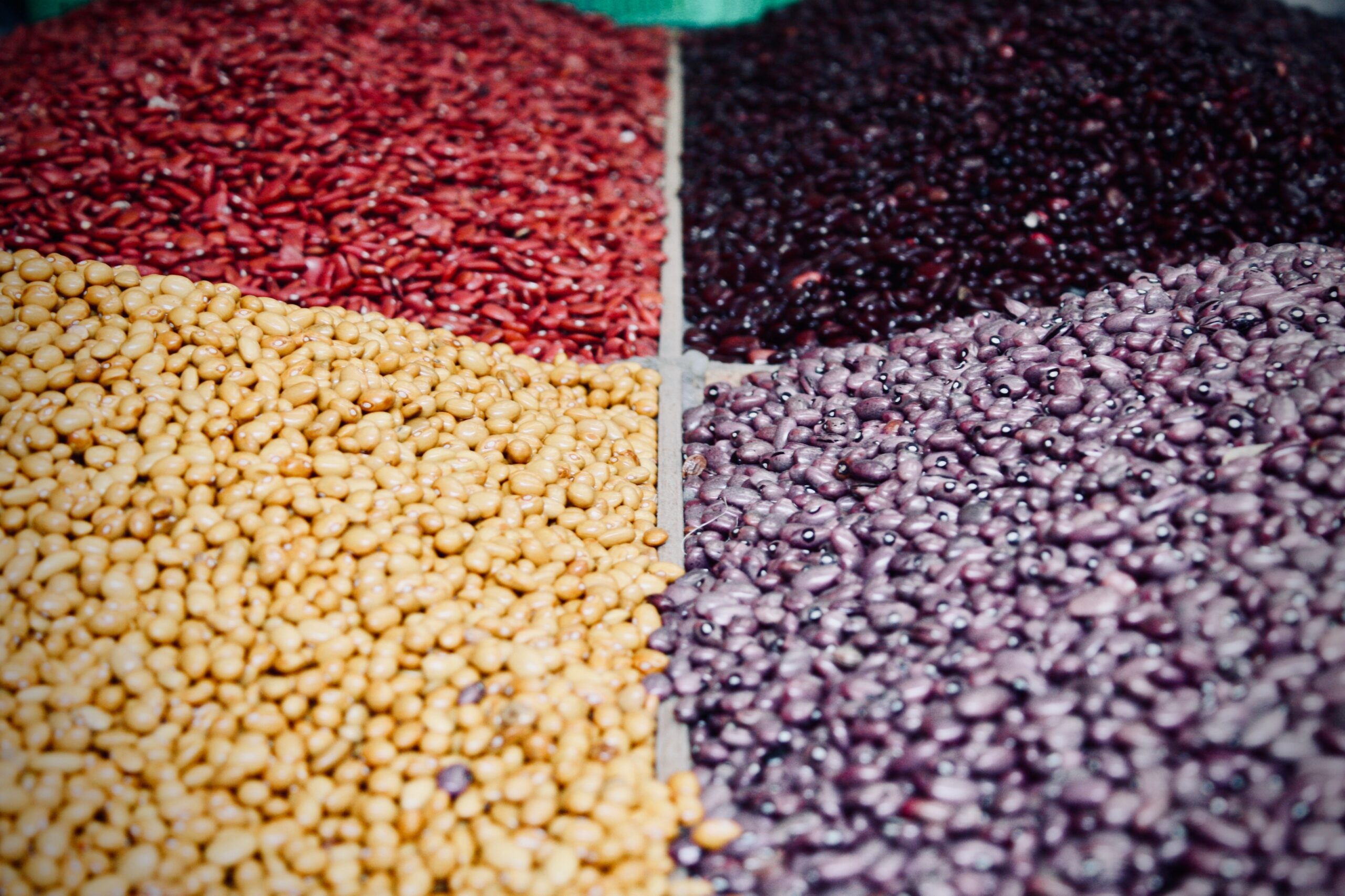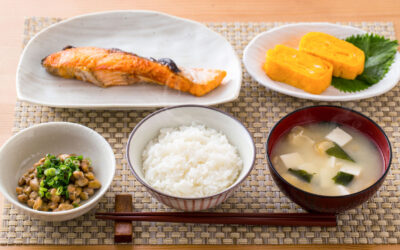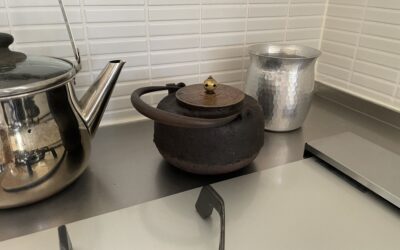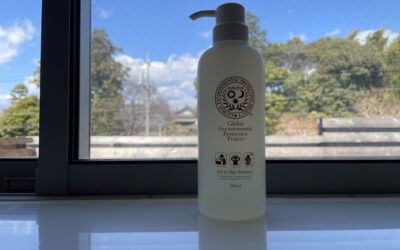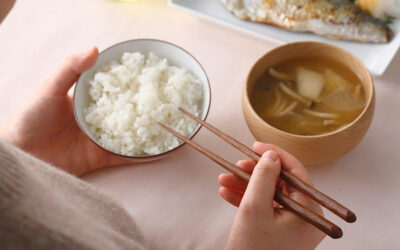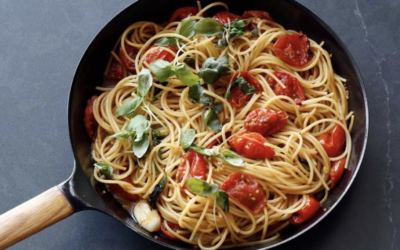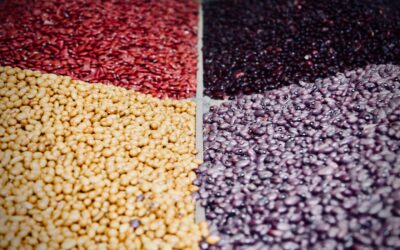“Washoku”, the traditional dietary culture of the Japanese, was registered as an Intangible Cultural Heritage by UNESCO in 2013 and is attracting attention from all over the world. Tofu, Natto (fermented soybeans), Soy-Sauce, Miso, etc., are indispensable for such “Washoku”, and what they all have in common is that they are made from “Soybeans”.
Nutritional Power of Soybeans
Soybean is the “meat of the field”
It is said that soybeans were introduced to Europe by the Dutch botanist Kempel in 1712, and later at the Vienna World’s Fair held in Germany in 1873, soybeans were recognized as a food with high nutritional value and came to be called “meat of the field. The reason why soybeans have attracted so much attention is because the amount of protein contained in them is comparable to that of meat and fish.
Protein is an important nutrient that is essential for the maintenance of life, as it is the building block of the major tissues of the human body, such as muscles and internal organs. Proteins that contain a good balance of essential amino acids are referred to as “high-quality proteins” with high nutritional value, and meat and eggs in particular are typical foods that contain abundant amounts of proteins.
In general, the nutritional value of plant proteins is inferior to that of animal proteins, but soybean proteins are comparable to meat and eggs.
Soybeans also contain a variety of nutrients such as fat, carbohydrates, dietary fiber, potassium, calcium, magnesium, iron, zinc, copper, vitamin E, vitamin B1, and folate. On the other hand, soybeans do not contain cholesterol. Because of this, soybeans can be considered nature’s balanced nutrition food.
Soybean isoflavone
Soy isoflavones are found in soybeans, especially soybean germ. It is also called phytoestrogen because its molecular structure is similar to that of female hormones (estrogen). This is also a type of antioxidant, so it has the ability to suppress the action of active oxygen that can damage cells.
Soy isoflavones are characterized by the fact that they work like estrogen, one of the female hormones, to help women look beautiful and young. As estrogen production declines with age, they eventually reach menopause, or perimenopause, and with it, the unpleasant physical and mental symptoms known as menopausal symptoms. Soy isoflavones help to compensate for this lack of estrogen, thereby helping to prevent osteoporosis and other health problems specific to them.
In fact, most of the isoflavones in soybeans are bound to sugar, so they cannot be absorbed directly from the soybean. In order for isoflavones to be absorbed properly, they need to be separated from the sugar and converted to a small aglycon form. In order to convert isoflavones into aglycones in our daily diet, we need to ferment soybeans during the processing step, and we need to regulate the intestinal environment so that the bacteria in our intestines can separate the sugars.
The minerals contained in soybeans help to remove salt
In fact, “Washoku” uses a lot of salt compared to other food cultures. As a result, Japanese people who have a lot of exposure to Washoku are prone to high blood pressure. This is because excessive salt intake increases sodium in the blood, which increases blood volume to maintain a constant osmotic pressure. High blood pressure increases the risk of arteriosclerosis, diabetes, and obesity.
Minerals such as potassium, calcium, and magnesium, which are abundant in soybeans, can prevent and improve this risk and condition. These minerals have the ability to remove excess salt from the body.
First of all, potassium prevents the kidneys from absorbing sodium and promotes its excretion in the urine, while magnesium widens blood vessels and helps lower blood pressure.
Magnesium in particular supports the workings of enzymes in our bodies. We are living creatures that eat food, digest it, absorb it, produce energy, and move our bodies. Enzymes are involved in all of these processes. Without enzymes, we would not be able to move our bodies. It is said that magnesium is involved in as many as 300 of these enzymatic reactions.
Edamame
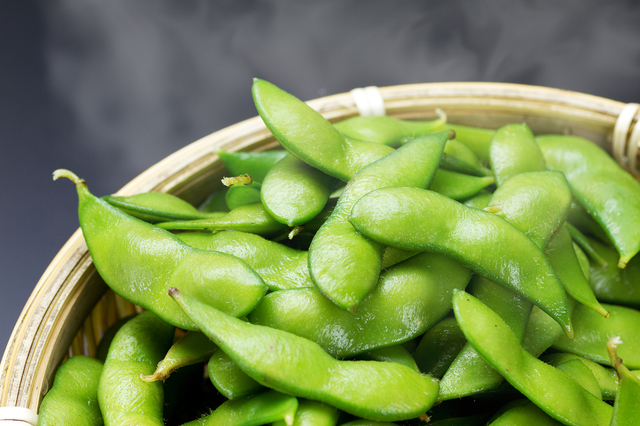
Just as white wine goes well with fish dishes and red wine with meat dishes, Beer goes well with Edamame.
Edamame is classified as a vegetable
Edamame is soybeans harvested when they are immature, and when fully ripe, they become soybeans. In-plant taxonomy, soybeans are classified as legumes, while edamame is classified as vegetables.
Like soybeans, which are known as the “meat of the field,” edamame is also rich in protein. They also contain vitamins B1 and B2, calcium, and other nutrients. Comparing edamame and soybeans, soybeans have higher nutritional value, but edamame contains many nutrients that soybeans do not. These include vitamin C and folic acid. Folic acid is said to be effective in promoting physical growth and preventing anemia.
Why beer and edamame are a perfect match
Beer and edamame. This combination appears again and again on Japanese summer tables. The reason for their compatibility is related to the amino acid “methionine” and the phospholipid “lecithin” contained in soy protein.
Methionine helps break down alcohol and lightens the burden on the liver.
Lecithin is essential for the production of neurotransmitters in the brain, but it also plays a role in breaking down fats accumulated in the liver, which helps the liver to work more efficiently after consuming alcohol.
How is Edamame cooked?
Edamame is now available worldwide as frozen food. The first thing to do with frozen edamame is to defrost it naturally; it can be left at room temperature for 1-2 hours to thaw to the desired consistency.
The simplest way to cook them is to boil them in salted water. The salt content should be about 4% of the water used for boiling. It may sound like a lot of salt, but since edamame has thick skin, the amount of salt that can reach the beans inside the skin is small.
Soy Milk
Soy milk is produced by soaking soybeans in water, grinding and boiling them, and then straining and pressing them. Soy milk is often compared to cow’s milk, partly because it is plant-based, partly because it is drunk in place of cow’s milk for religious reasons, and partly because it is used in protein diets.
It is mainly favored in Asia.
Soy Milk in Thailand

In Thailand, where per capita consumption of soy milk is the highest in the world, soy milk is an essential part of breakfast and dinner. Many street stalls in Thailand sell soy milk (nam tao phu) along with fried bread (par tong kho).
Some stalls offer soy milk with black sesame seeds, green tea, and in some cases pumpkin, and toppings such as red beans, tapioca, and jelly are also available, and customers can order any kind of topping, including sweetness.
In supermarkets and convenience stores, it is sold as packaged soy milk. Typical brands are Lactasoy and Vitamilk.
Some of the packaged soy milk is flavored with black sesame, green tea, chocolate, black tea, etc., but they are all basically sweet. This is partly due to the fact that sweet drinks are preferred in Thailand.
A strong ally for busy mornings in Taiwan

Taiwan is the world’s second-largest consumer of soy milk (per capita) after Thailand. Xian Doujiang, the most popular breakfast in Taiwan, which means “salty soy milk” in Chinese, is a classic Taiwanese breakfast dish that combines slightly sweet soy milk with salty ingredients.
There are a variety of ingredients, but the most common ones are green onions, shrimps, Youtiao (fried bread), Coriander, Vinegar, and Chili oil. It is light and not too hot, so it can be eaten even in the hot Taiwanese summer.
Miso
Miso is made by adding rice or barley to steamed and softened soybeans and finally adding koji mold, which ferments the soybeans, transforming their nutrients into umami. Since it is a food made from fermented soybeans, it is an easy way to consume aglycone-type isoflavones.
Miso soup, the soul food of Japan
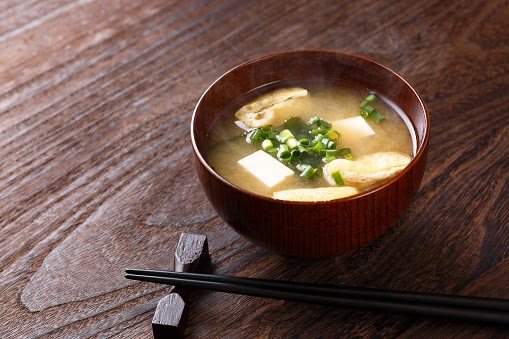
Miso soup is one of the soup dishes in Japan. It is a soup-like dish consisting of vegetables, tofu, fu, seafood, and other food ingredients in a broth(Dashi) seasoned with Miso. It is a typical soup dish served with rice in “Washoku.
One of its main features is that provides nutrients from soybeans as well as vegetables and seafood.
Miso soup has a long history, dating back to the Kamakura period (1185-1333). Under the influence of monks who came from China at that time, the use of mortar and pestle was introduced and this led to the birth of miso paste. This paste is said to be the beginning of miso soup because it dissolved easily in water.
In the Edo period (1603-1868), miso soup spread to the general public, and various dishes using miso and miso with different regional characteristics, such as Hatcho miso and Saikyo miso, were created.
Miso is the All-purpose Seasoning
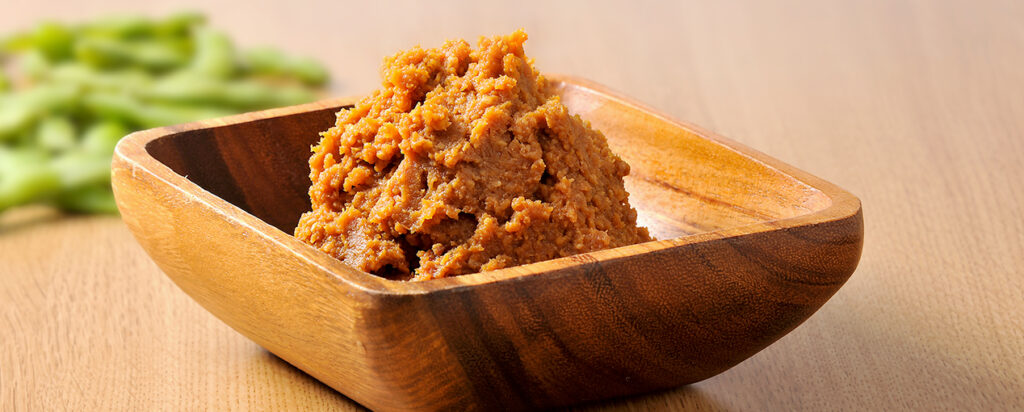
Recently, more and more people are using miso as a seasoning instead of salt or soy sauce. One chef who owns a French restaurant says that French cuisine is originally compatible with fermented foods since French cuisine often uses fermented foods such as butter, cheese, and vinegar. In addition, miso can be used instead of salt, which adds a concentrated flavor and allows you to enjoy the taste of the ingredients more.
Miso is truly a magic seasoning.

